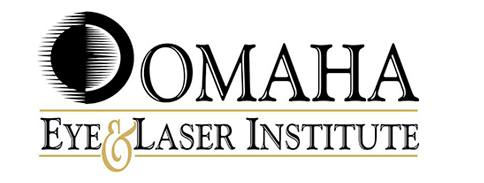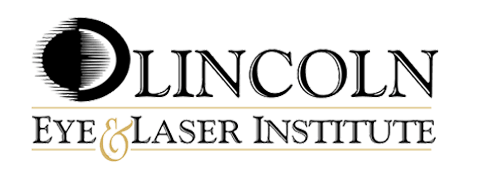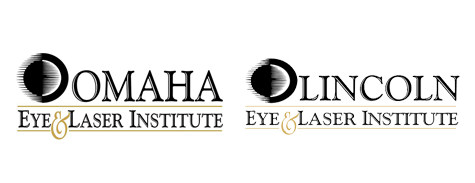Do you have cataracts impacting your ability to see? When you have cataract surgery, it involves removing your natural lens.
Removing the natural lens entirely is the only way to remove the cataract formed on the lens. Your natural lens helps your eyes focus.
Without it, you wouldn’t be able to see clearly after cataract surgery. But cataract surgery doesn’t just remove your lens. It also replaces it with a new, artificial lens called an intraocular lens or IOL.
There are a few different kinds of IOLs; you’ll have to choose one before cataract surgery. Your eye doctor can help you by making recommendations based on your visual needs and lifestyle goals. Keep reading for 5 tips to help you choose the right IOL!
1. Figure Out Your Budget

One kind of IOL, a monofocal lens, is covered by insurance. By choosing this lens, you can avoid out-of-pocket costs since cataract surgery is also covered by insurance.
Monofocal IOLs
Monofocal intraocular lenses are IOLs that can help you see up close or at a distance. When you choose a monofocal IOL, you’ll still need to use monofocals reading glasses to see up close or regular glasses to see at a distance.
Another option, although it is rarer, is monovision. With monovision, you’ll have one lens placed in your eye for seeing up close, and the other lens will be set for seeing things further away.
Monovision does work for some patients by allowing them to see moderately well between distances. But monovision is only for some, and you may still need reading glasses to see clearly up close.
Premium IOLs
Premium IOLs, on the other hand, often eliminate the need for other visual aids and give you a broader range of vision. However, an out-of-pocket expense is associated with them because insurance won’t cover them.
But they give patients much clearer vision than monofocal lenses. They also come in several varieties to find the best one suited to your needs.
Before you choose one, look into the price of each kind and figure out how much you’re willing to spend. If you can’t afford out-of-pocket costs, a monofocal IOL may be best. But if your budget allows for it, a premium lens will provide you with excellent vision while allowing you to reduce your dependence on glasses and contact lenses.
2. Think About Your Lifestyle

Premium IOLs are also sometimes called lifestyle lenses. This is because they can often accommodate patients’ visual needs with different lifestyles.
For example, some patients are active and want a lens to help them see when playing tennis, golf, or hiking. Some patients work on a computer and need lenses that help them see their screens better.
Different premium IOLs are best for patients with particular needs. Figure out your visual needs by thinking about what you spend most of your time doing and sharing those needs with your eye doctor. They can make a recommendation based on your lifestyle.
3. Factor In Your Refractive Errors

Most premium IOLs can correct presbyopia during cataract surgery. Presbyopia is extremely common in adults with cataracts.
But you may have a refractive error and presbyopia that requires you to wear glasses or contacts. Some premium IOLs can help correct your refractive error.
There’s even a kind of IOL called a toric lens. Toric lenses are the only IOLs specifically designed to treat astigmatism.
Talk to your eye doctor about what IOL works best to correct your presbyopia and any other refractive errors.
4. Determine Your Goals

Some patients have only one goal when they get cataract surgery— to see again without cataracts. If you want to see well enough and are okay with wearing glasses or other visual aids after surgery, standard monofocals may be your best option.
But if you want better vision after cataract surgery and to reduce or eliminate the need for reading glasses and prescription glasses or contact lenses, you should consider a premium IOL. Talk to your eye doctor about your goals for cataract surgery, and they can help you figure out the best IOL to achieve those goals.
5. Talk to Your Eye Doctor About Your Options

Once your ophthalmologist knows your needs and goals, they can tell you about all your options and make recommendations accordingly. To get a better idea of what these options may be, here are the IOLs that we offer at Omaha Eye:
Monofocal IOLs
Monofocal IOLs are the standard, budget-friendly option. Your eye doctor can also help you figure out if monovision might work for you.
Multifocal IOLs
Multifocal lenses have alternating sections that switch between near and far focal points. When wearing the lenses, your eye is trained to look through the part of the lens that best lets you see at the distance you’re focusing on.
Trifocal IOLs
Like multifocals, trifocal lenses are composed of alternating sections, but instead of switching between two focal points, they switch between three. One is for seeing up close, another is for seeing things far away, and a third one is for seeing at a middle distance. The result is a broader range of clear vision than the multifocal lens.
Toric IOLs
Toric lenses can correct mild astigmatism, usually up to 3.00 D. Some premium IOLs, like the trifocal IOL, also come in a toric lens, so you don’t have to choose between correcting your astigmatism and having great vision at multiple distances.
Light Adjustable Lens (LAL)
The Light Adjustable Lens is unique because it’s designed to correct your post-surgical vision. The Light Adjustable Lens allows patients to customize their vision after cataract surgery.
After the IOL is implanted, your eyes need to heal from cataract surgery. Before beginning light treatments, you’ll wear special UV glasses to protect your eyes from ultraviolet light.
Once your eyes heal, you’ll start light treatments to change the shape of the Light Adjustable Lens to correct your vision. The Light Adjustable Lens provides patients with permanently corrected and customized vision.
Are you ready to choose an IOL before having cataract surgery? Schedule an appointment at Omaha Eye in Omaha, NE, today!





